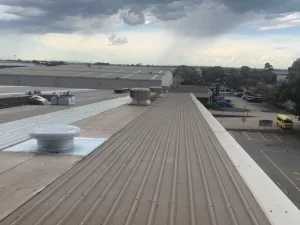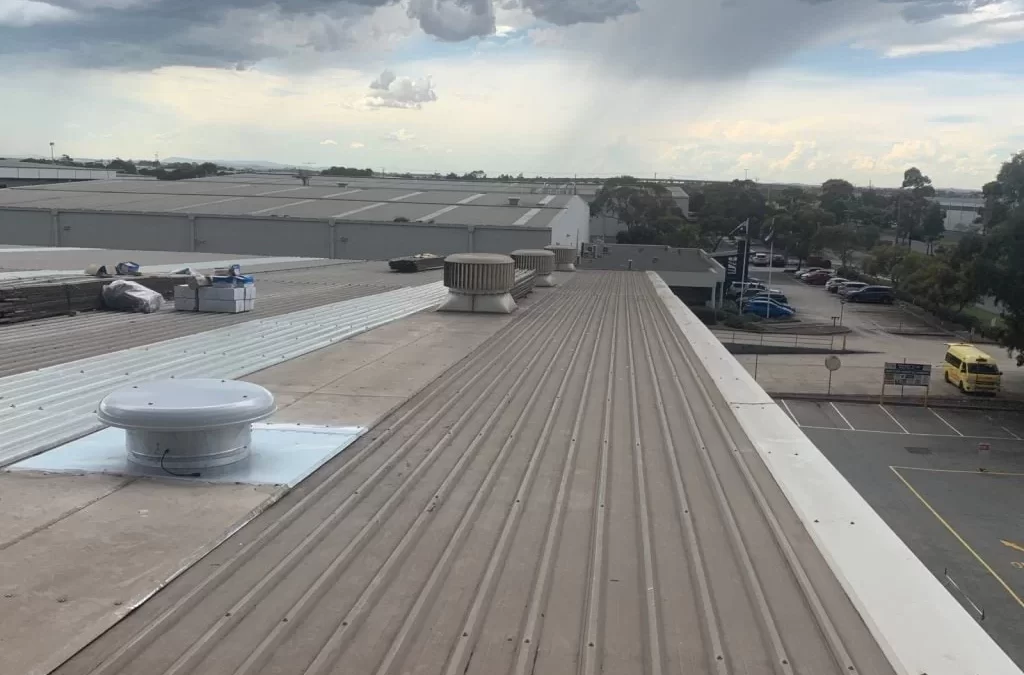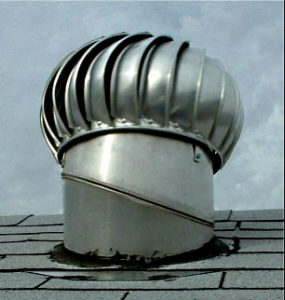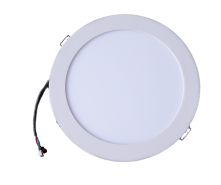Roof ventilation fans are an important part of keeping a comfortable and healthy home. However, not many people think about the environmental impacts that roof ventilation fans can have on the environment. Just like any product available to use and purchase, there are a number of environmental factors worth considering.
Roof Ventilation Fan Types
Passive Roof Ventilation Fan
Passive ventilation (also known as natural ventilation) depends on ‘natural’ processes like heat convection and wind power to generate airflow. Usually, passive ventilation techniques use a combination of design features to maximise natural airflow. Roof turbines like conventional whirlybirds work through a combination of wind power and rising heat to spin the blades and extract heat. That makes them a typical example of a passive ventilation product. They are a popular ventilation product in Australia because they are free to run and generally cheap to buy.
The problem with whirlybirds is that when windpower or heat convection is missing, they don’t work. They also have very limited airflow capacity. That means that a single unit cannot move very much air even in ideal conditions.
Don’t depend on passive ventilation to achieve the number of air changes your building requires. You will need an active and powered system to get the most out of a ventilation system. Designing buildings with passive ventilation features is a great way to improve the energy efficiency of a new building. However, the vast majority of existing buildings are not designed with these features. Additionally, even buildings that were built with passive design in mind would still benefit from active airflow through the building.
Active Roof Ventilation Fan
Active roof ventilation refers to systems that use some form of additional energy to operate. There are two main forms of active roof ventilation fans; mains-powered and solar-powered.
Mains-Powered Fans
Roof ventilation fans that rely on mains power are usually very expensive to install and operate. They consume large amounts of energy and contribute to fossil fuel use and emissions. Many commercial businesses use these types of fans because they think there are no other ventilation options that move enough air. Solar Whiz is the solution that these businesses are looking for!
Solar-powered Fans

Solar Whiz roof ventilator fan (left) alongside industrial whirlybirds (right)
Solar Whiz uses solar power to operate our roof ventilation fans. This is clean and green energy that doesn’t do any harm to the environment because there are no CO2 emissions. It also doesn’t cost anything to use!
Furthermore, using a roof ventilator fan helps to reduce your dependence on air conditioning systems. That’s because ventilation systems extract hot air from the building, replacing it with cooler outdoor air. As a result, the inside of the building is already cooler before you turn on the aircon!
This is great news for the environment because air conditioners (and heaters) generate a lot of CO2 emissions which contributes to global warming and the ‘urban heat island’ effect. The urban heat island refers to the excess heat that tends to get trapped in urban areas as household and business activities generate heat that gets absorbed by concrete and other built materials.
Relying on solar energy to power roof ventilation fans (or any kind of product) promotes sustainable and smarter building practices. The world desperately needs to lean into smart, sustainable, and carbon-neutral (or negative) technologies. Solar Whiz is proud to be promoting a product that does good for both people and the planet.
Conclusions
Roof ventilation is an often overlooked but crucial aspect of building design. It has great potential to improve indoor comfort as well as an added benefit for the environment.
Passive ventilation in the form of design features like building orientation and layout, window placement, and insulation are important to incorporate into buildings. But they don’t make up for the impact that active ventilation has on a property. Passive vents like whirlybirds are ineffective and won’t get you the results that you need.
This is why active roof ventilation fans that use solar power are the ideal ventilation solution. Solar Whiz achieves powerful and efficient airflow that greatly improves comfort and reduces dependence on air conditioners. This is great for saving money AND saving the environment. The real question is, what are you waiting for?





